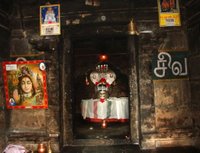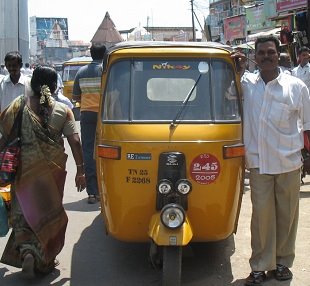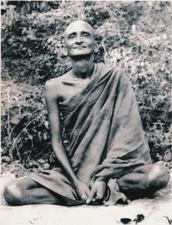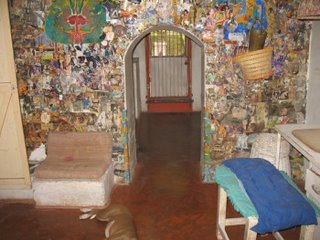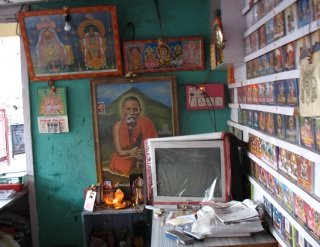
As part of a series of holy people and sadhakas at Arunachala, here is a post of a lady named Radha. She originates from Bangalore where she was successfully working in a Computer Organisation but, on deciding to give up the world some years ago, she moved to Arunachala. Her husband became one of her devotees and she set up a small enclave just off the pradakshina road on the Northwest side of the Hill where she lived with several of her sannyasins. She has now moved to another location near her original place.
She is generally available to pilgrims in the season (late September-March) at which time she gives daily satsang lasting between 1-2 hours outside the Sri Kannappa Temple. She seems to attract mainly Western devotees.
She is generally available to pilgrims in the season (late September-March) at which time she gives daily satsang lasting between 1-2 hours outside the Sri Kannappa Temple. She seems to attract mainly Western devotees.
Recently land was purchased on the south edge of Lake Samudra and work has already started on building a perimeter fence. Quickly planned will be the construction of five cottages for devotees and a large prayer/meditation hall. At this time no special facility on the land is being made for Radha Ma, who is taking an active interest in the development of the site and goes regularly to check progress.

